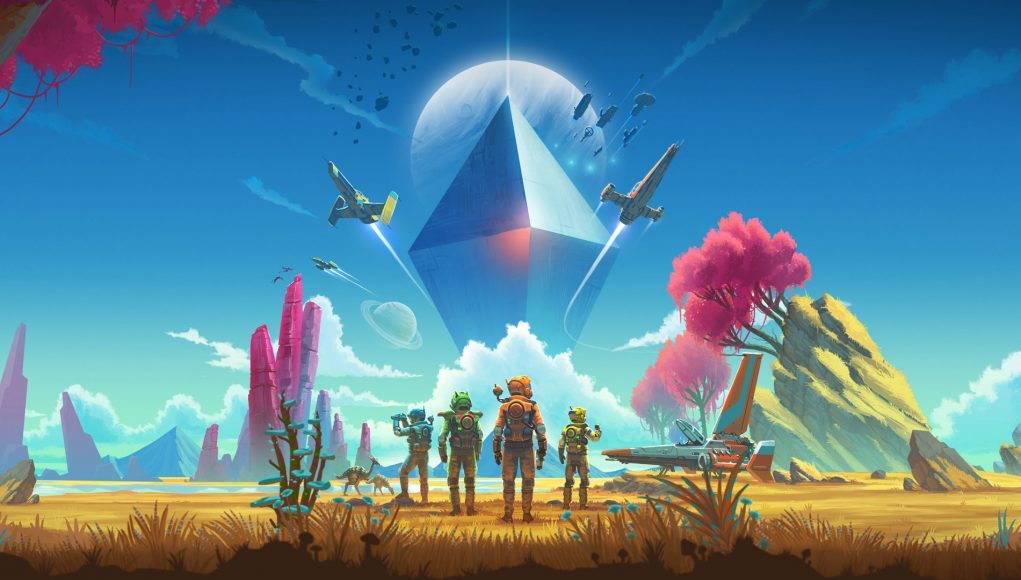NVIDIA’s Deep Learning Supersampling (DLSS) is a technology native to RTX cards which, through the power of onboard AI, can intelligently increase the resolution of rendered frames in games. DLSS has been available for VR for a few months now, and we’re just starting to see more games support the performance-boosting tech. NVIDIA says the first VR games on the list are Into the Radius (2020), No Man’s Sky (2016) and Wrench (2018).
Update (May 21st, 2021): NVIDIA has announced that two more VR games have been added to this list since it first announced Into the Radius was the first VR game to include DLSS. In addition to Into the Radius, both No Man’s Sky and Wrench now include DLSS. Wrench is also said to feature ray-tracing. Here’s what NIVIDA says about all three:
- No Man’s Sky: When playing No Man’s Sky in VR mode, DLSS doubles your VR performance at the Ultra graphics preset and maintains 90 FPS on an Oculus Quest 2 with a GeForce RTX 3080.
- Wrench: Ray-tracing and DLSS comes to VR in today’s update. DLSS boosts performance by up to 80% for this mechanic sim, making it possible to enable ray-traced effects for both its desktop and virtual reality modes
- Into The Radius: With NVIDIA DLSS in the Virtual Reality survival shooter, players will discover a noticeable improvement to anti-aliasing, which greatly reduces shimmering and stair-stepping on objects and foliage, further enhancing image quality and immersion.
Original Article (March 31st, 2021): DLSS is a feature available on RTX 20/30-series GPUs, but must be included by individual developers. Now about six months after the release of the DLSS 2.1 update, which included support for VR headsets, developers CM Games took a step as one of the first to include support for the technology.
Granted, Into The Radius isn’t the absolute first VR game (or rather, VR-supported game) to adopt DLSS. Only two months after DLSS 2.1 released with VR support, battle simulator War Thunder (2013) announced it had enabled DLSS as well, however users found mixed results when playing the game in VR.
What does DLSS do exactly? Road to VR’s Ben Lang describes it best in his initial reporting on DLSS for VR:
The goal is to achieve the same resolution and level of detail as a natively rendered frame of the same resolution, and to do the whole thing more efficiently. Doing so means more graphical processing power is available for other things like better lighting, textures, or simply increasing the framerate overall.
For instance, a game with support for DLSS may render its native frame at 1,920 × 1,080 and then use DLSS to up-res the frame to 3,840 × 2,160. In many cases this is faster and preserves a nearly identical level of detail compared to natively rendering the frame at 3,840 × 2,160 in the first place.
If you’re looking for something more visual, War Thunder released a side-by-side comparison of how the game looks with DLSS toggled on and off. This is of course a flatscreen comparison, but the basic concept is the same.
Do you know of any other VR games which have included DLSS? Let us know in the comments below!







